Does Screen Record Include Sound?
Screen recording has become an essential tool for many users, whether for creating tutorials, capturing gameplay, or saving video calls. One common question that arises is whether screen recording includes sound. This article aims to provide a comprehensive understanding of this topic, addressing various scenarios and devices, and offering practical solutions to ensure that your screen recordings meet your needs.
Understanding Screen Recording
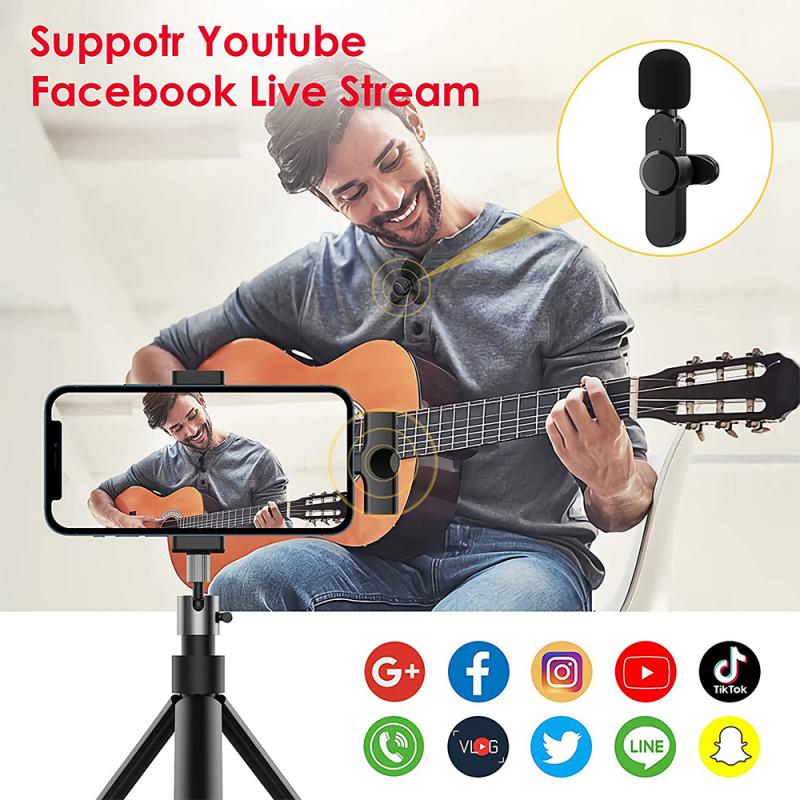
Screen recording is the process of capturing the content displayed on your screen, often accompanied by audio. The audio can come from different sources, such as system sounds, microphone input, or both. The ability to include sound in a screen recording depends on several factors, including the device, operating system, and the software or application used for recording.
Screen Recording on Different Devices
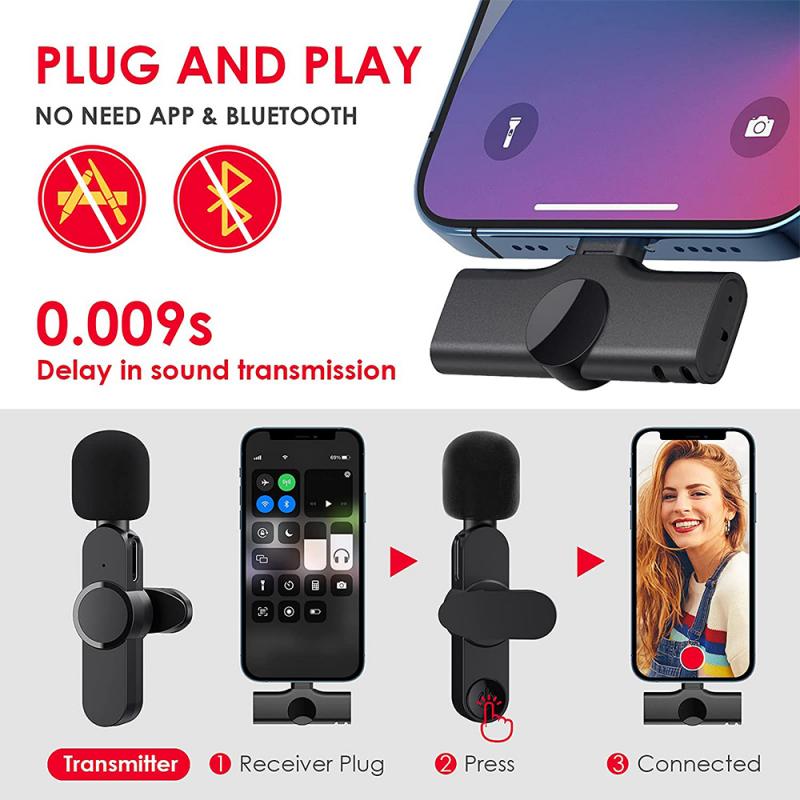
1. Windows PCs
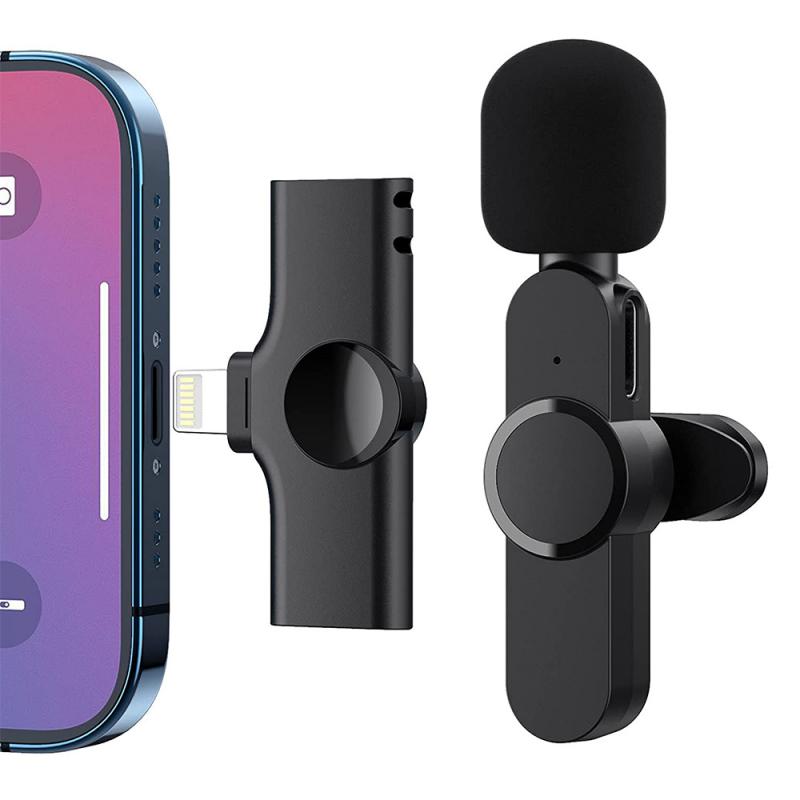
On Windows PCs, screen recording capabilities can vary depending on the software used. The built-in Xbox Game Bar allows users to record their screen and includes options to capture system audio and microphone input. However, it may not be suitable for all types of recordings, such as desktop activities outside of gaming.
Third-party applications like OBS Studio, Camtasia, and Bandicam offer more advanced features, including the ability to record multiple audio sources simultaneously. These tools provide greater flexibility and control over the recording process, making them ideal for professional use.
2. macOS

macOS users can utilize the built-in QuickTime Player for screen recording. QuickTime allows users to record their screen with or without audio. By default, it captures audio from the microphone, but with additional software like Soundflower or Loopback, users can also capture system audio.
For more advanced needs, third-party applications like ScreenFlow and Camtasia are available. These tools offer enhanced features, such as multi-track audio recording and editing capabilities, making them suitable for more complex projects.
3. iOS Devices
iOS devices, such as iPhones and iPads, have a built-in screen recording feature accessible from the Control Center. This feature allows users to record their screen with or without microphone audio. However, it does not capture system audio directly.
To include system audio in iOS screen recordings, users can employ workarounds, such as using an external microphone to capture sound from the device's speakers. Alternatively, third-party apps like DU Recorder can offer more comprehensive recording options, including system audio capture.
4. Android Devices
Android devices also come with built-in screen recording features, though the availability and functionality can vary depending on the device manufacturer and Android version. Generally, these built-in tools allow users to record their screen with microphone audio but not system audio.
For more advanced recording needs, third-party apps like AZ Screen Recorder and Mobizen offer additional features, including the ability to capture system audio on some devices. These apps provide greater flexibility and control over the recording process.
Practical Solutions for Including Sound in Screen Recordings
1. Choosing the Right Software
Selecting the appropriate software is crucial for ensuring that your screen recordings include the desired audio. Consider the following factors when choosing a screen recording tool:
- Audio Source Options: Ensure the software allows you to select and record multiple audio sources, such as system audio and microphone input.
- Compatibility: Verify that the software is compatible with your device and operating system.
- Ease of Use: Look for user-friendly interfaces and features that simplify the recording process.
- Advanced Features: Consider additional features like multi-track audio recording, editing capabilities, and support for various file formats.
2. Configuring Audio Settings
Properly configuring audio settings is essential for capturing the desired sound in your screen recordings. Follow these steps to ensure optimal audio capture:
- System Audio: Enable system audio recording in the software settings. This option may be labeled differently depending on the software, such as "Desktop Audio" or "Internal Audio."
- Microphone Input: Select the appropriate microphone input if you wish to include voice narration. Ensure the microphone is properly connected and configured in the software settings.
- Audio Levels: Adjust audio levels to prevent distortion or imbalance between different audio sources. Most software provides audio level meters to help you monitor and adjust levels in real-time.
3. Testing and Troubleshooting
Before starting a full recording session, conduct a test recording to ensure that both the screen and audio are captured correctly. This step helps identify and resolve any issues with audio settings or hardware connections. Common troubleshooting steps include:
- Checking Connections: Ensure all audio devices, such as microphones and headphones, are properly connected and functioning.
- Updating Software: Keep your screen recording software and device drivers up to date to avoid compatibility issues.
- Adjusting Permissions: Verify that the software has the necessary permissions to access and record audio on your device.
Screen recording, including sound, is a valuable tool for various purposes, from creating educational content to capturing memorable moments. The ability to include audio in your recordings depends on the device, operating system, and software used. By selecting the right tools, configuring audio settings correctly, and conducting test recordings, you can ensure that your screen recordings meet your needs and expectations.
Whether you're using a Windows PC, macOS, iOS, or Android device, there are solutions available to help you capture both screen and audio effectively. By understanding the capabilities and limitations of your chosen recording method, you can create high-quality recordings that include the desired sound, enhancing the overall viewing experience for your audience.




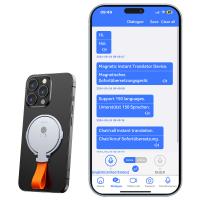


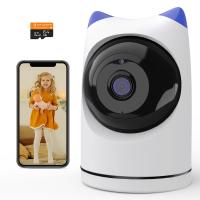
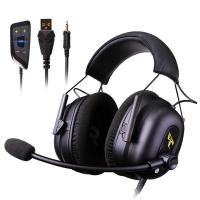
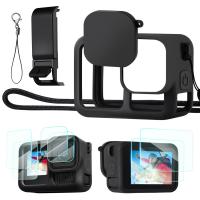
![Supfoto Osmo Action 3 Screen Protector for DJI Osmo Action 3 Accessories, 9H Tempered Glass Film Screen Cover Protector + Lens Protector for DJI Osmo 3 Dual Screen [6pcs] Supfoto Osmo Action 3 Screen Protector for DJI Osmo Action 3 Accessories, 9H Tempered Glass Film Screen Cover Protector + Lens Protector for DJI Osmo 3 Dual Screen [6pcs]](https://img.kentfaith.com/cache/catalog/products/us/GW41.0076/GW41.0076-1-200x200.jpg)
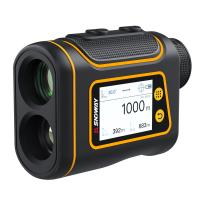
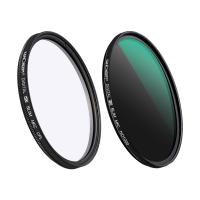
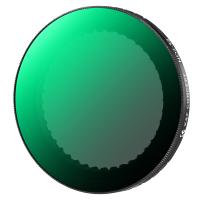

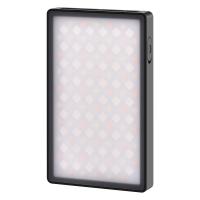





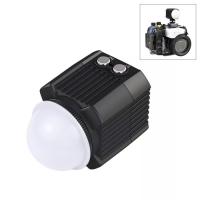



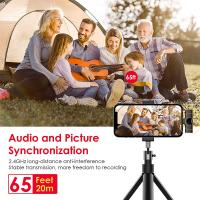








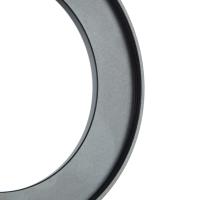




There are no comments for this blog.